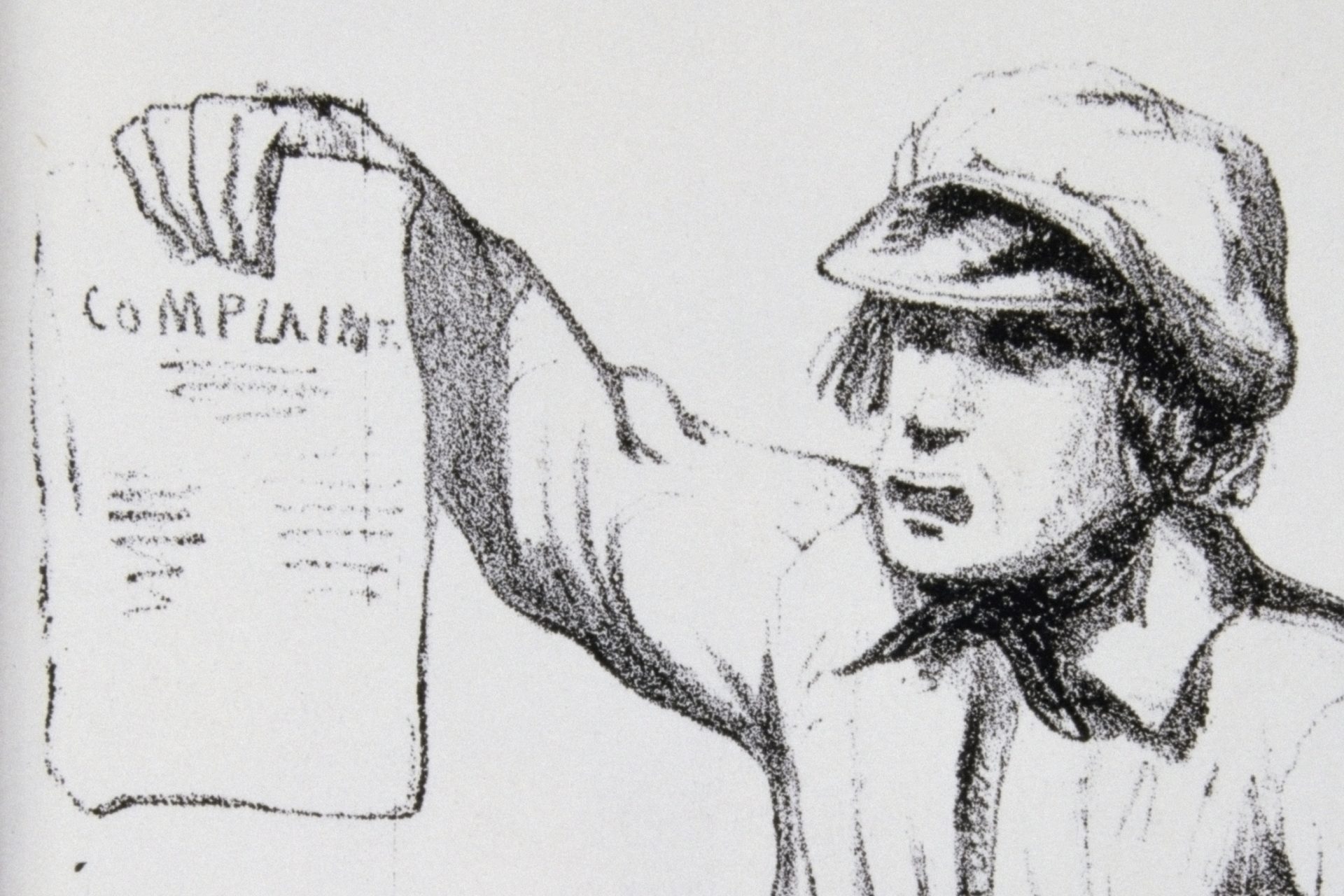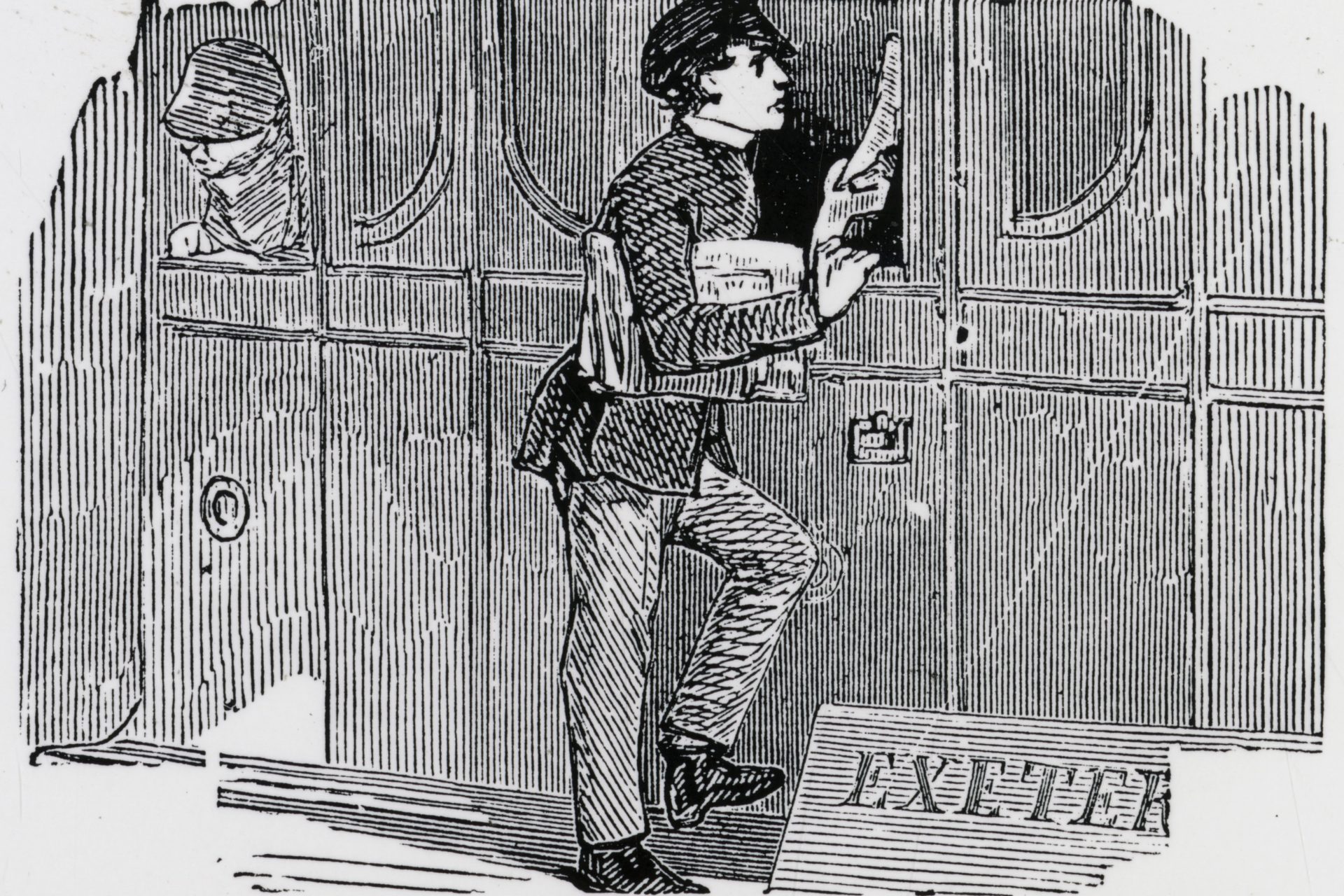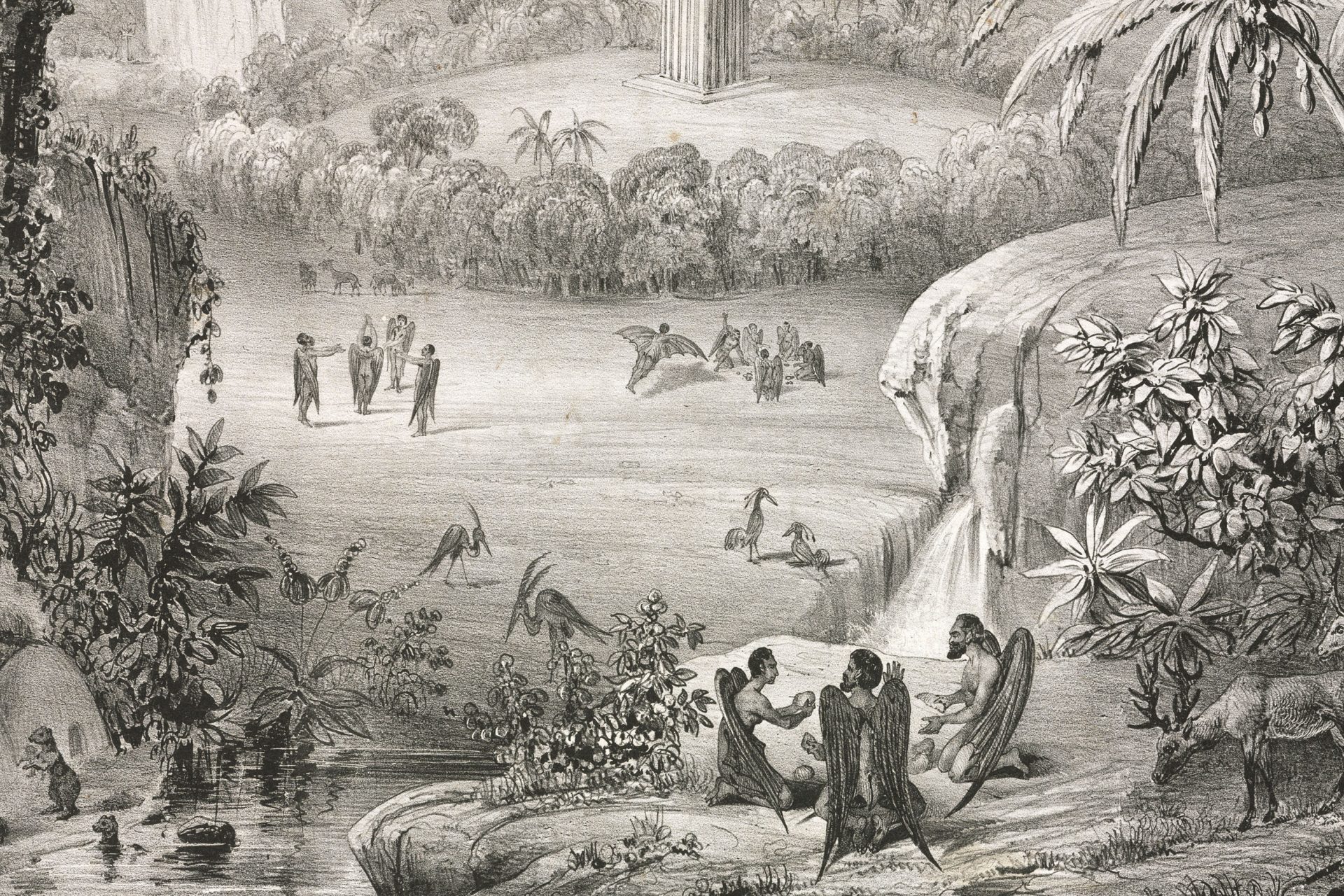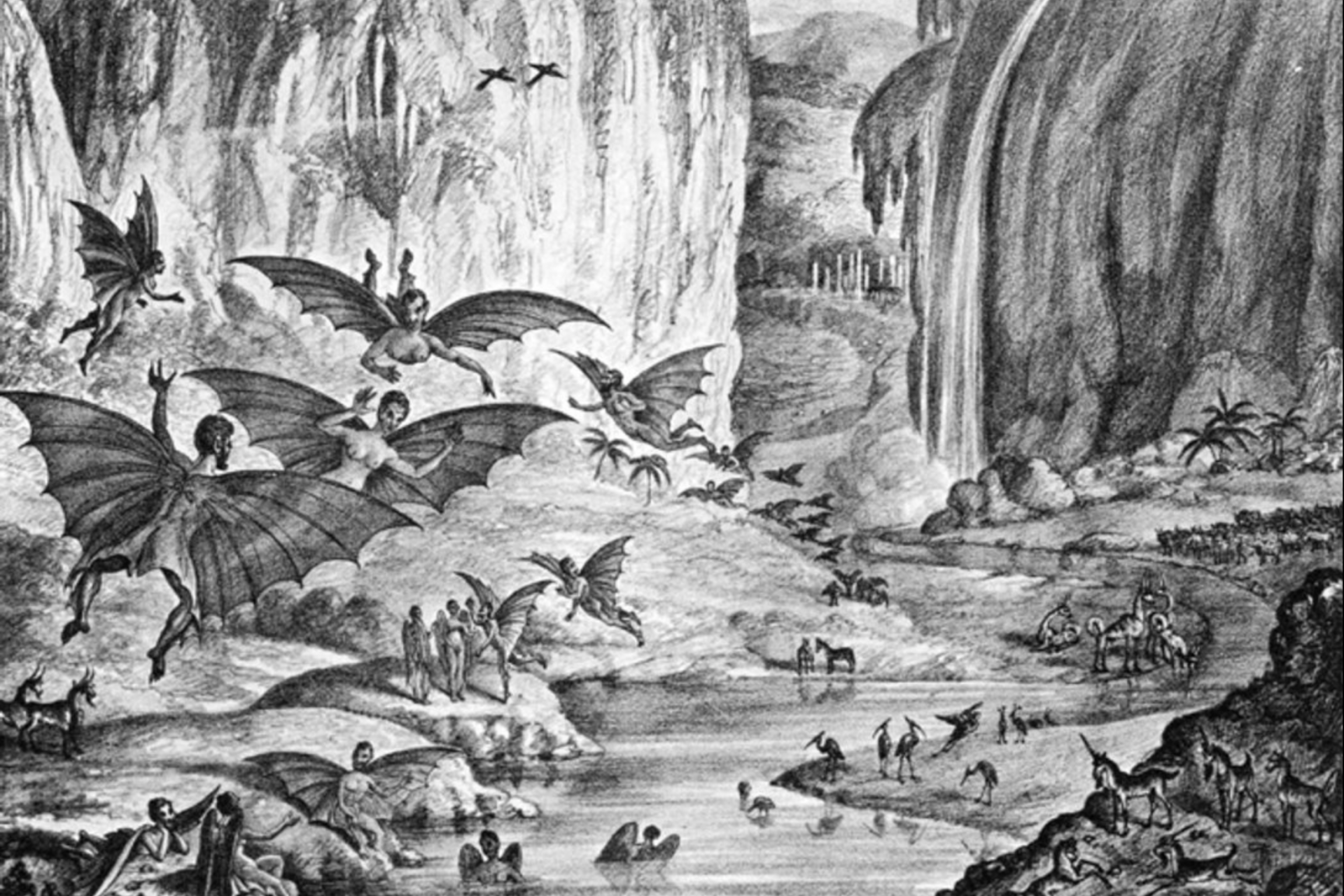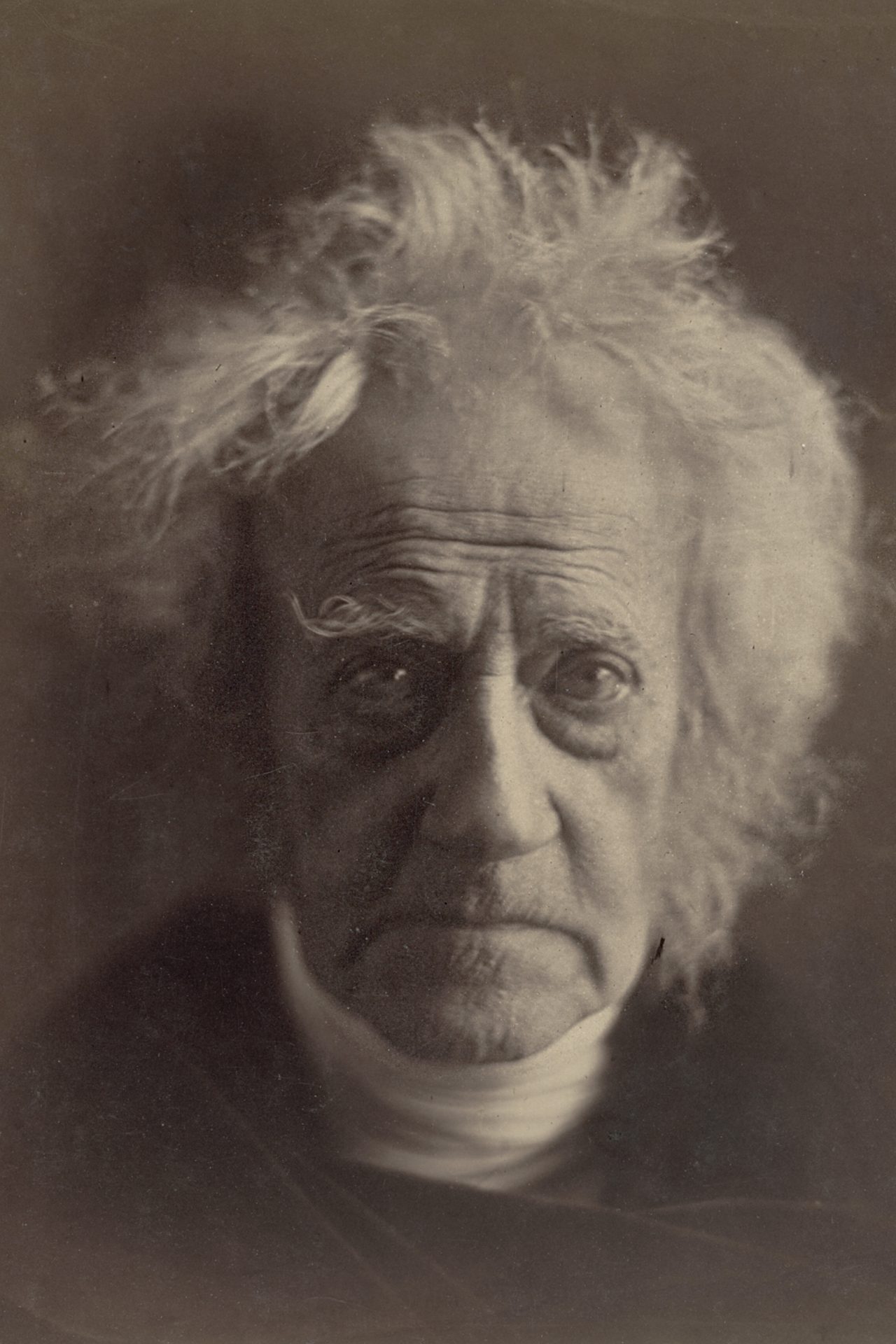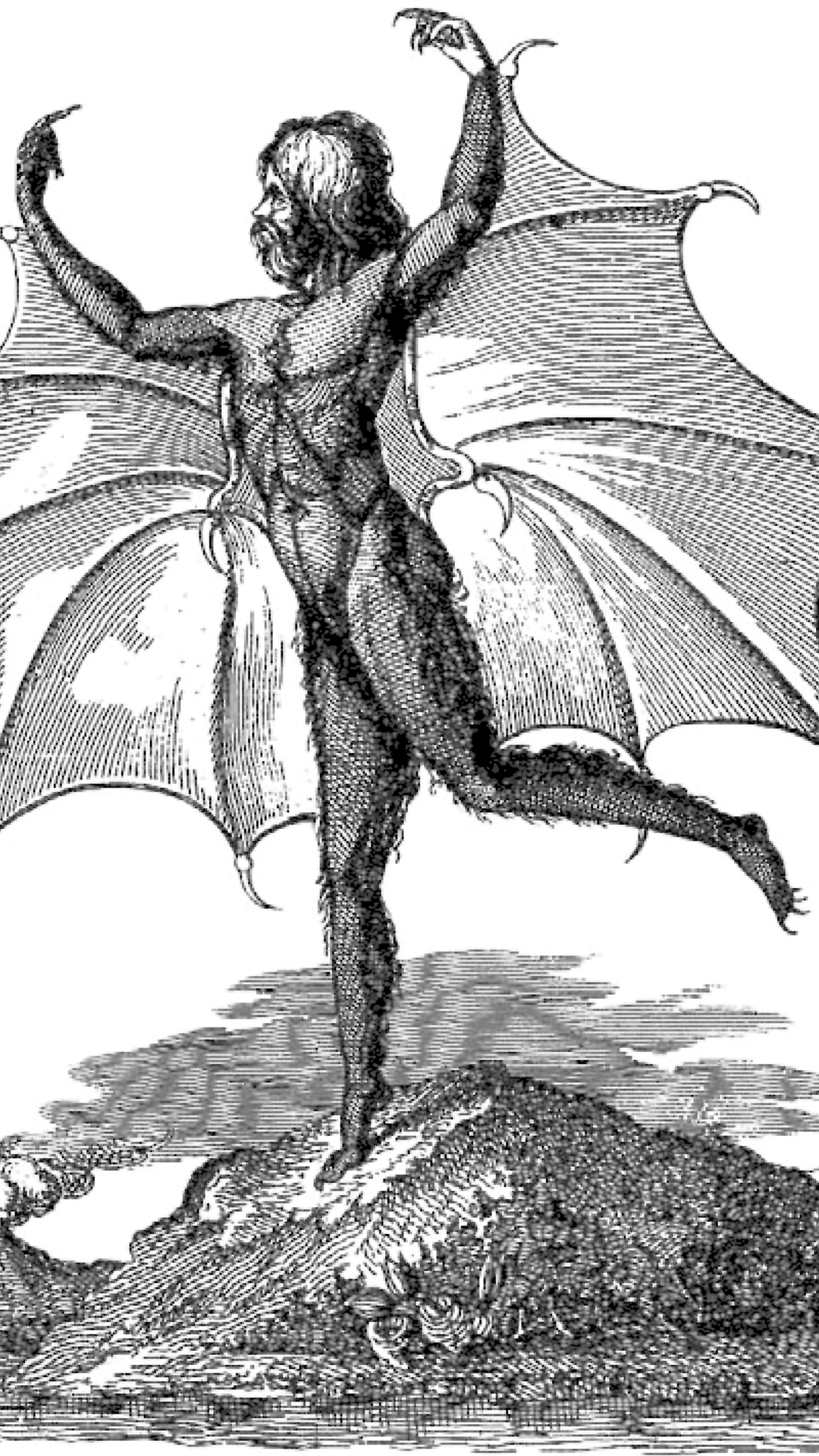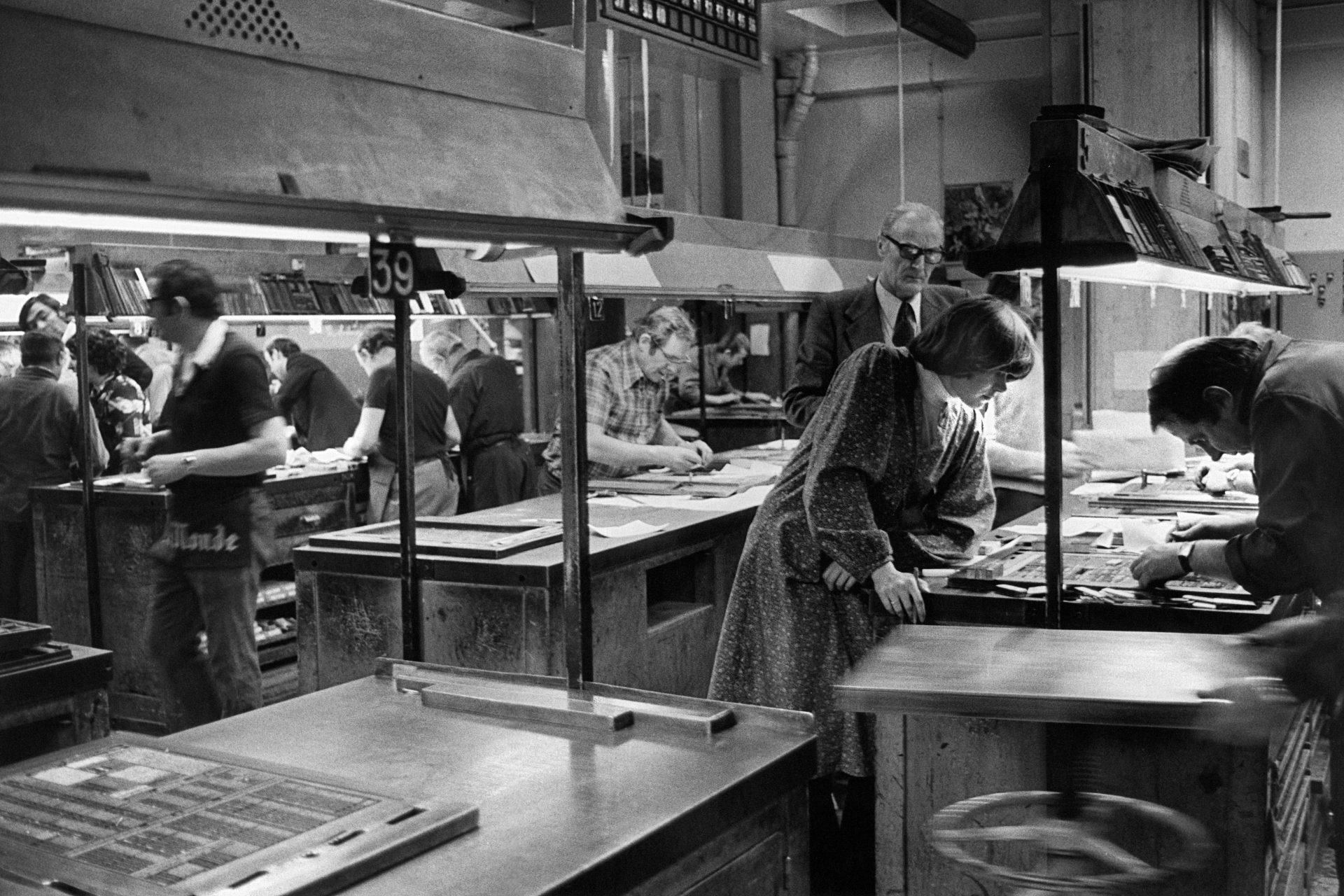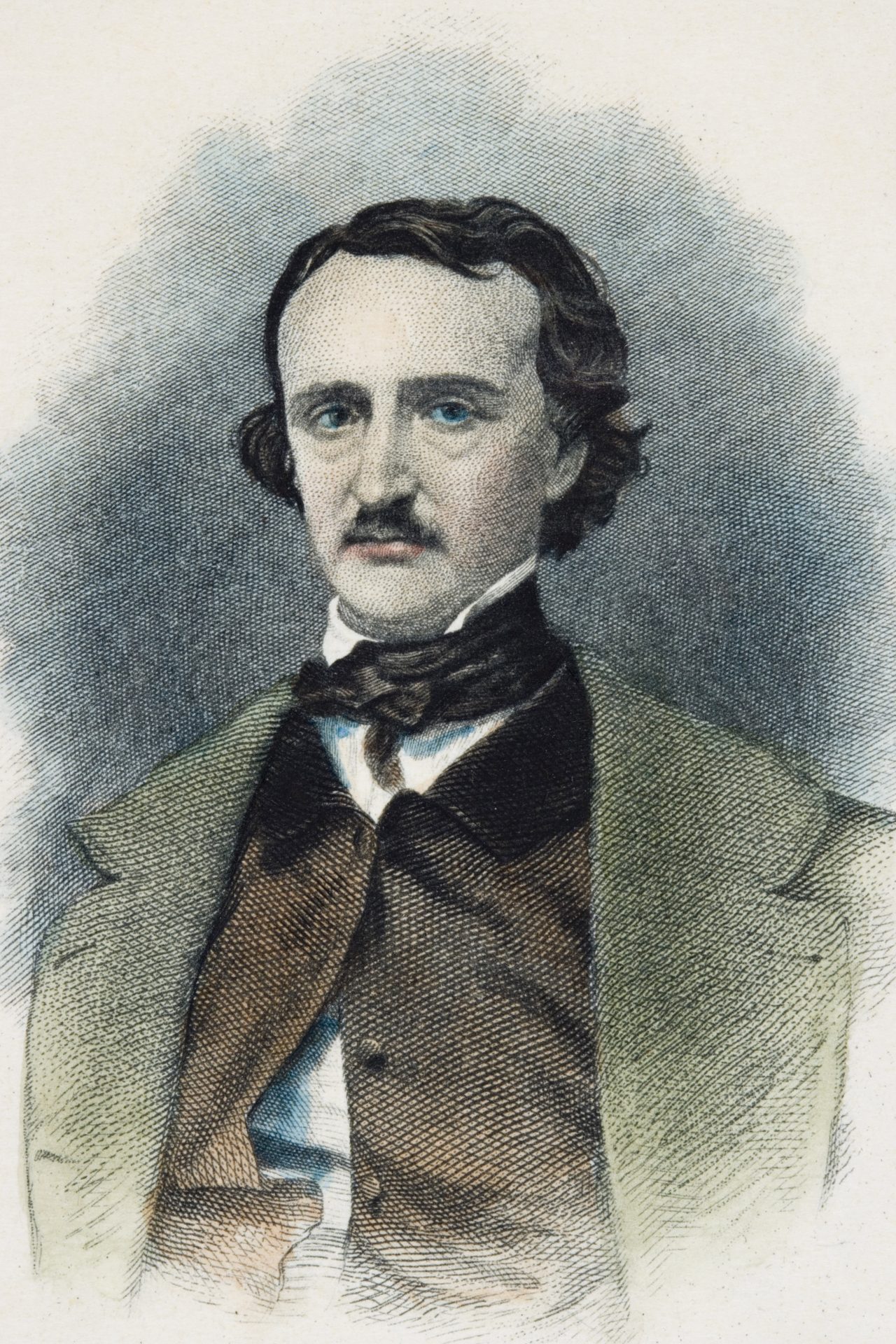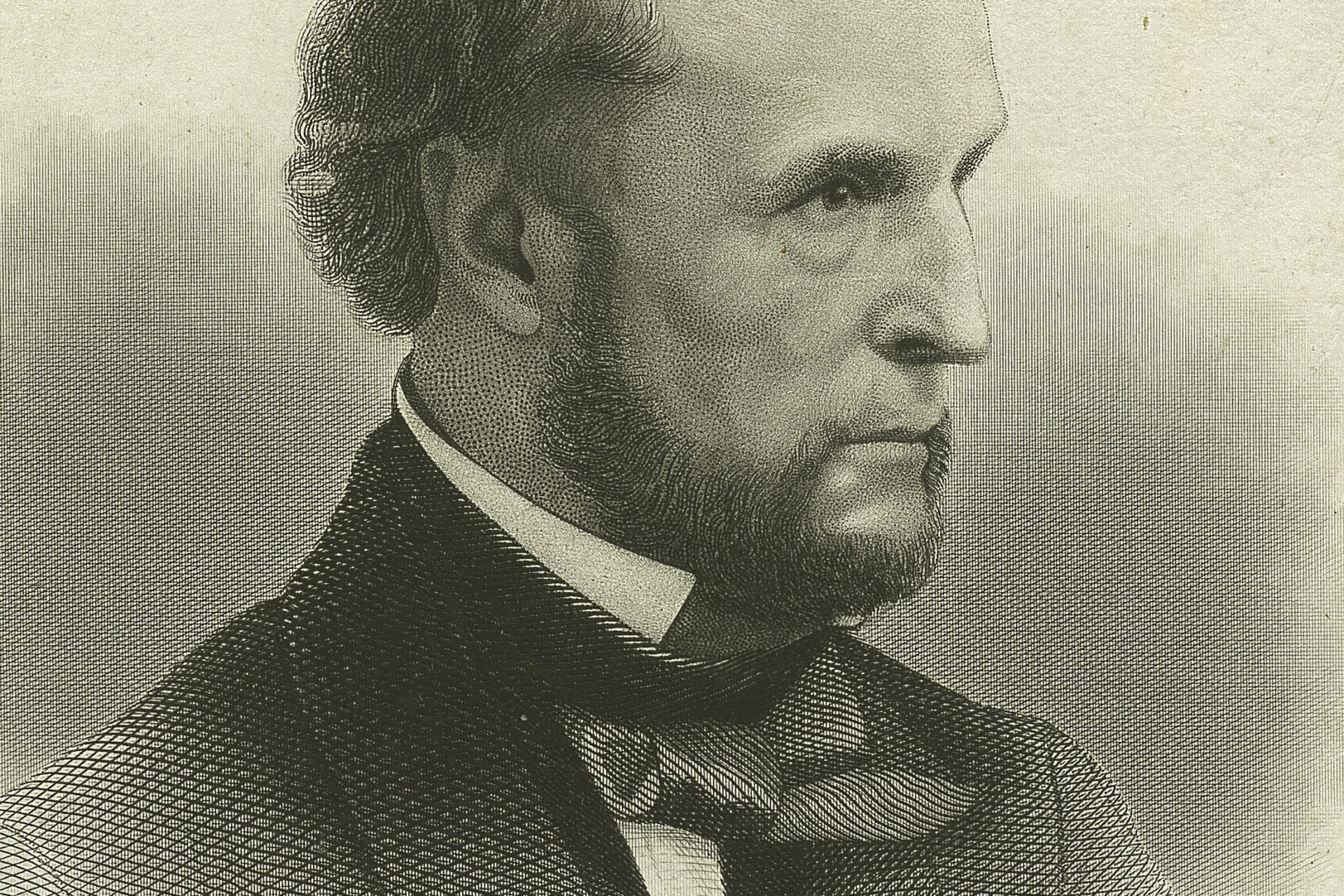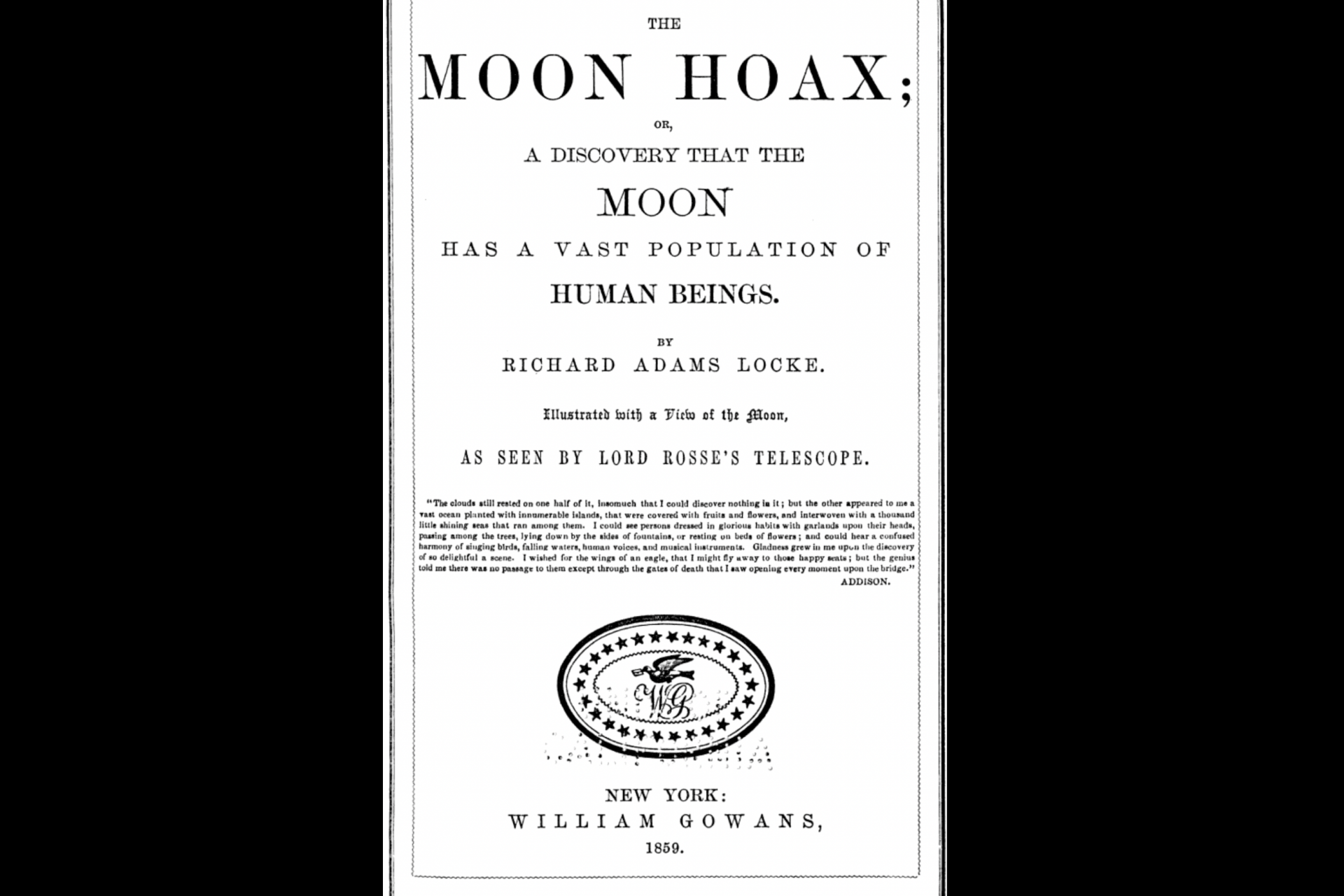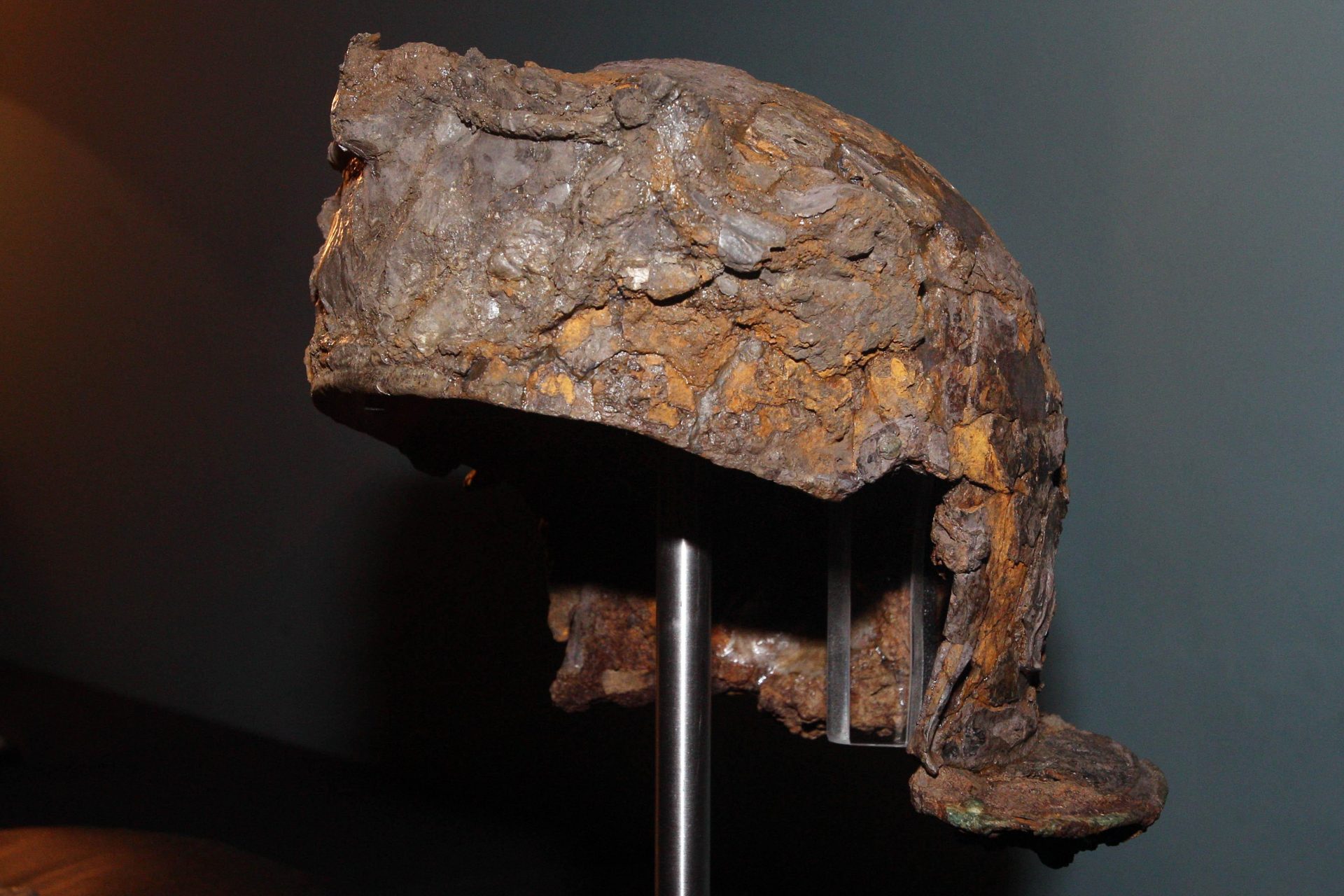The first big fake news in history
Talking about fake news leads us to think about social media, sensational media, tabloids, and, above all, the current digital age in which information reaches the entire world in minutes and without much control. But the problem comes from much earlier.
During his time as president of the United States, Donald Trump elevated the concept of fake news to a multipurpose tool in his speech. Every time the press asked him a question that was uncomfortable or contrary to his thoughts, he launched the expression as an attack: "Fake news!" But what was the first medium that turned fake news into a real gold mine?
We are talking about a very distant time when there was no social media or anything similar.
Photo: Unsplash - Adem Ay
Perhaps there are those who think that the first big fake news that had an impact came in 1933, when Orson Welles narrated 'The War of the Worlds' on CBS Radio as if it were an actual alien invasion and, according to legend, causing chaos in USA. But Orson Welles was not the first and, furthermore, in his case it was a fictional experiment, with no intention of deception beyond a moment of entertainment.
To find the first great fake news in history, we have to go back to the 19th century, specifically to August 15, 1835.
With illustrations like the one we show, it was stated in an article from 1835: "Using a telescope of tremendous dimensions, the young Herschel, in his observatory in the Southern Hemisphere, has made the most extraordinary discovery (...) and obtained a view of the Moon, affirmatively resolving that this satellite is inhabited".
There were six articles titled 'Great Astronomical Discoveries' and they were published in The New York Sun.
The New York Sun claimed that there was life on the Moon and attributed the discovery to Sir John Herschel (in the image), a renowned astronomer who had discovered Uranus and who, as it turned out later, was unaware of the existence of this series of news attributed to his person.
Image: By Julia Margaret Cameron - Metropolitan Museum of Art, Public domain, https://commons.wikimedia.org/w/index.php?curid=10338594
In those days, the global information era began with the appearance of new machines for mass printing newspapers, the rise of the so-called 'penny press' (cheap tabloid press) and the arrival of trains and steamships that distributed widely, even on different continents, news came from distant corners of the world. So that false story about moon inhabitants was the first big international fake news.
Image: By Lock (?) Naples - The Sun and the Moon: The Remarkable True Account of Hoaxers, Showmen, Dueling Journalists, and Lunar Man-BatsISBN: 0465002579 page 228, Public Domain, https://commons.wikimedia.org/ w/index.php?curid=12431100
The most curious thing is that this story was accepted as plausible by other, more serious media. Added to this were several religious groups that organized an initiative to take missionaries to work on the Moon.
But soon, journalists and writers pointed out the alleged news as pure fabrication. As reported in a 2020 article on this old issue by The Saturday Evening Post, the famous writer Edgar Allan Poe (in the image) denounced that the fake news invented by The New York Sun was inspired by his work, 'The Unparalleled Adventure of One Hans Pfaall.'
The evil genius behind this strategy to sell newspapers was Richard Adams Locke, although the articles were signed by a Dr. Andrew Grant who did not exist.
Richard Adams Locke (a descendant of the philosopher John Locke) came to The New York Sun when it had sales of 8,000 copies a day and was surpassed by all its rivals. After 'The Great Moon Hoax', the newspaper began to sell more than 18,000 copies a day, making it one of the largest circulations in the world.
And the fact is that the public, far from penalizing that they had been deceived, took it as a joke and continued buying the newspaper daily. Something that, perhaps, is an overly repeated rule in the relationship between press readers and the media throughout their history. Many people don't care that much about the truth. Sometimes emotion or ideological identification is preferred over journalistic rigor.
Almost two centuries later, fake news has a level of sophistication that sometimes makes it difficult to distinguish it from reality. Luckily, the digital community also has tools to unmask, with arguments and truths, these tools of misinformation.
So this story of bat men who inhabited the moon is considered by media such as The New Yorker as the first great 'fake news' in history. The first of a very long list.
More for you
Top Stories



